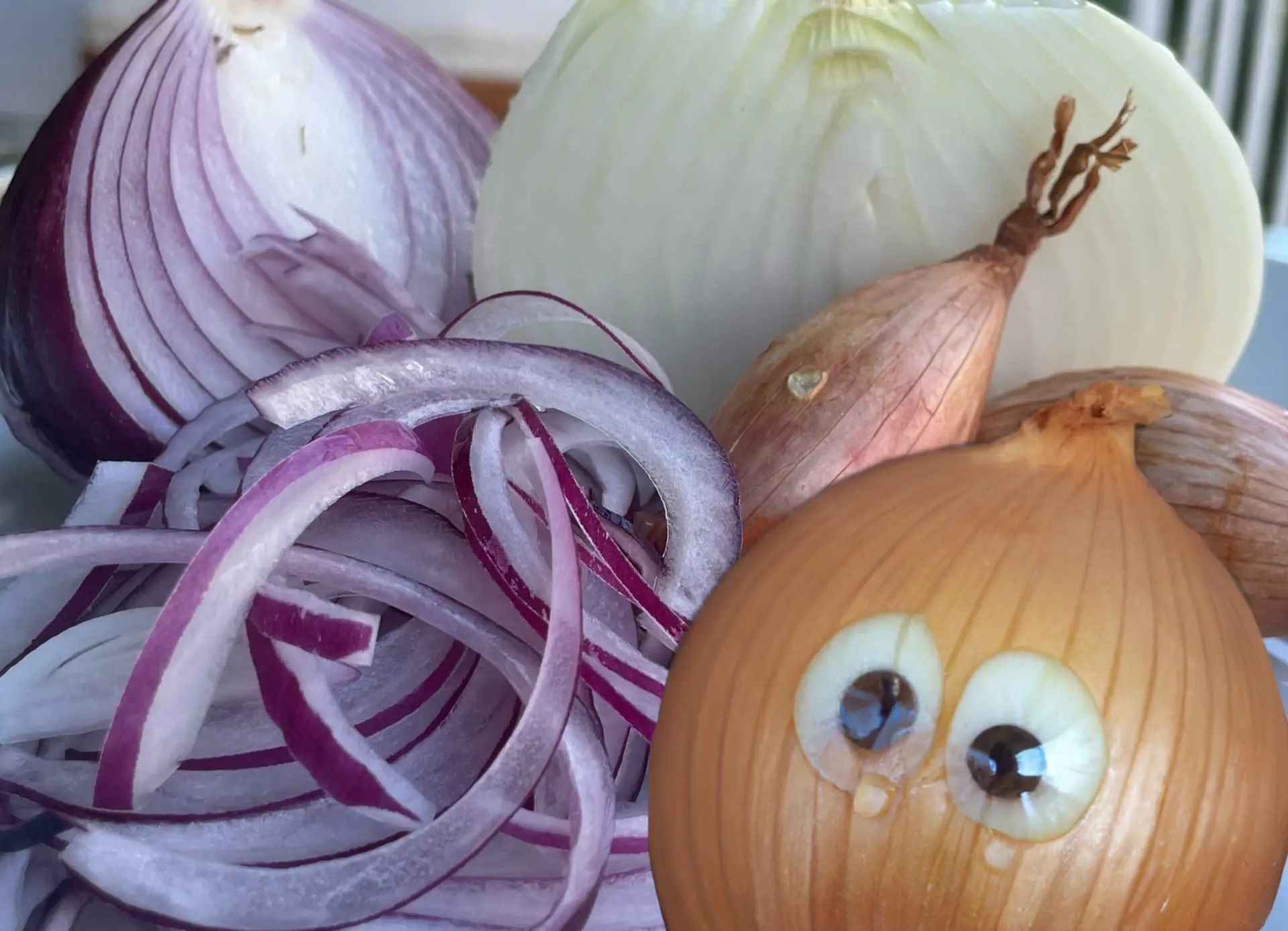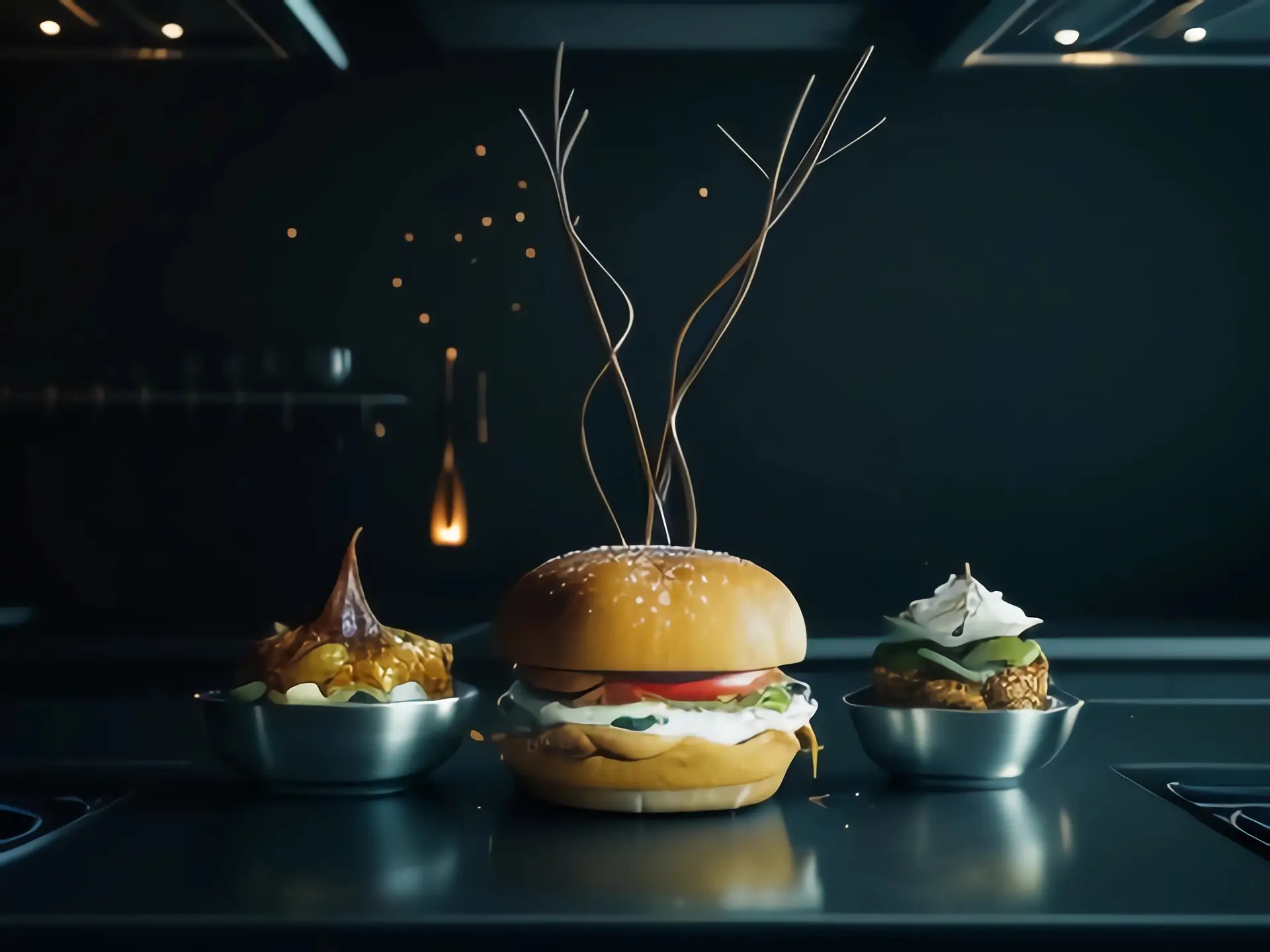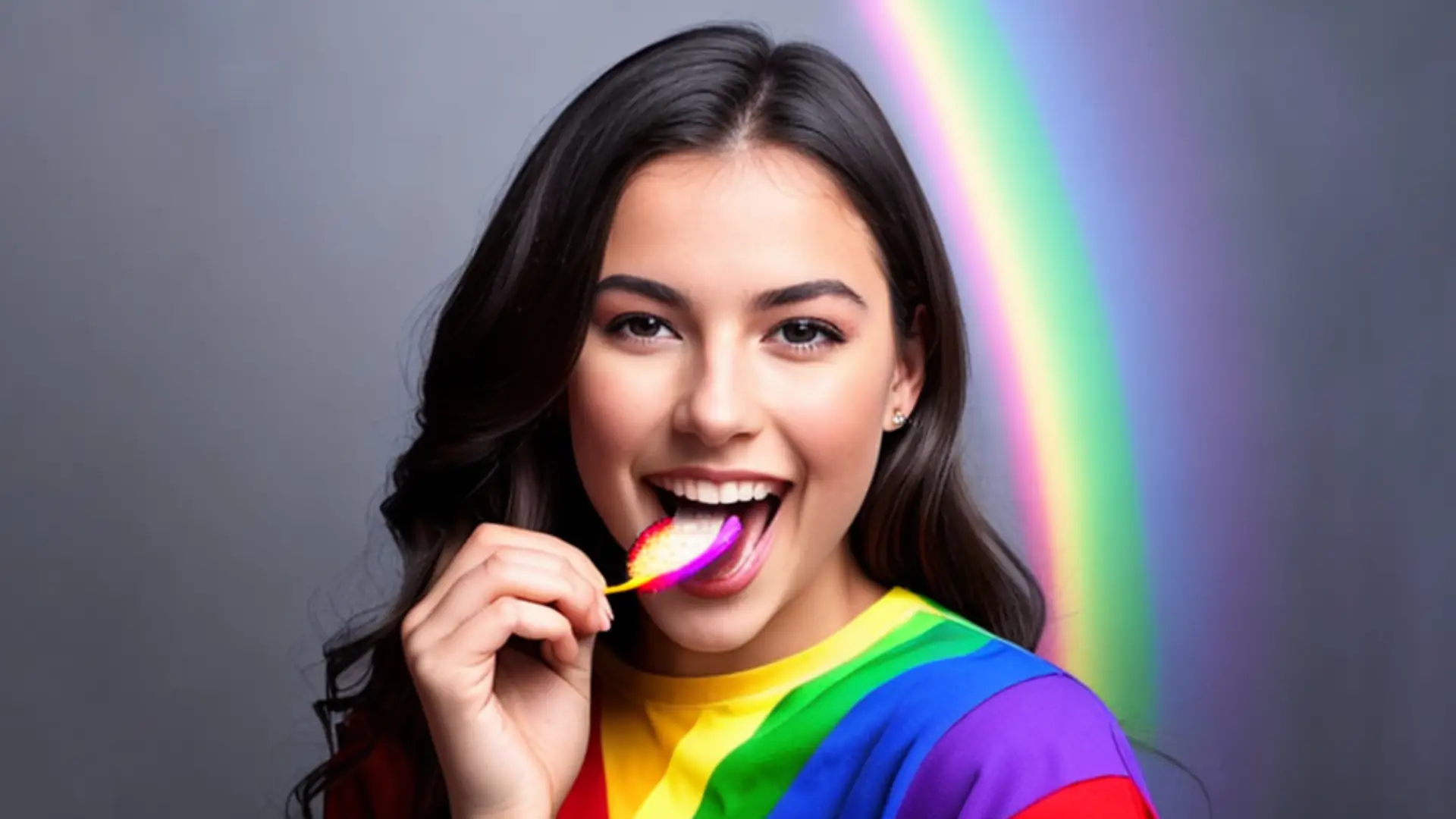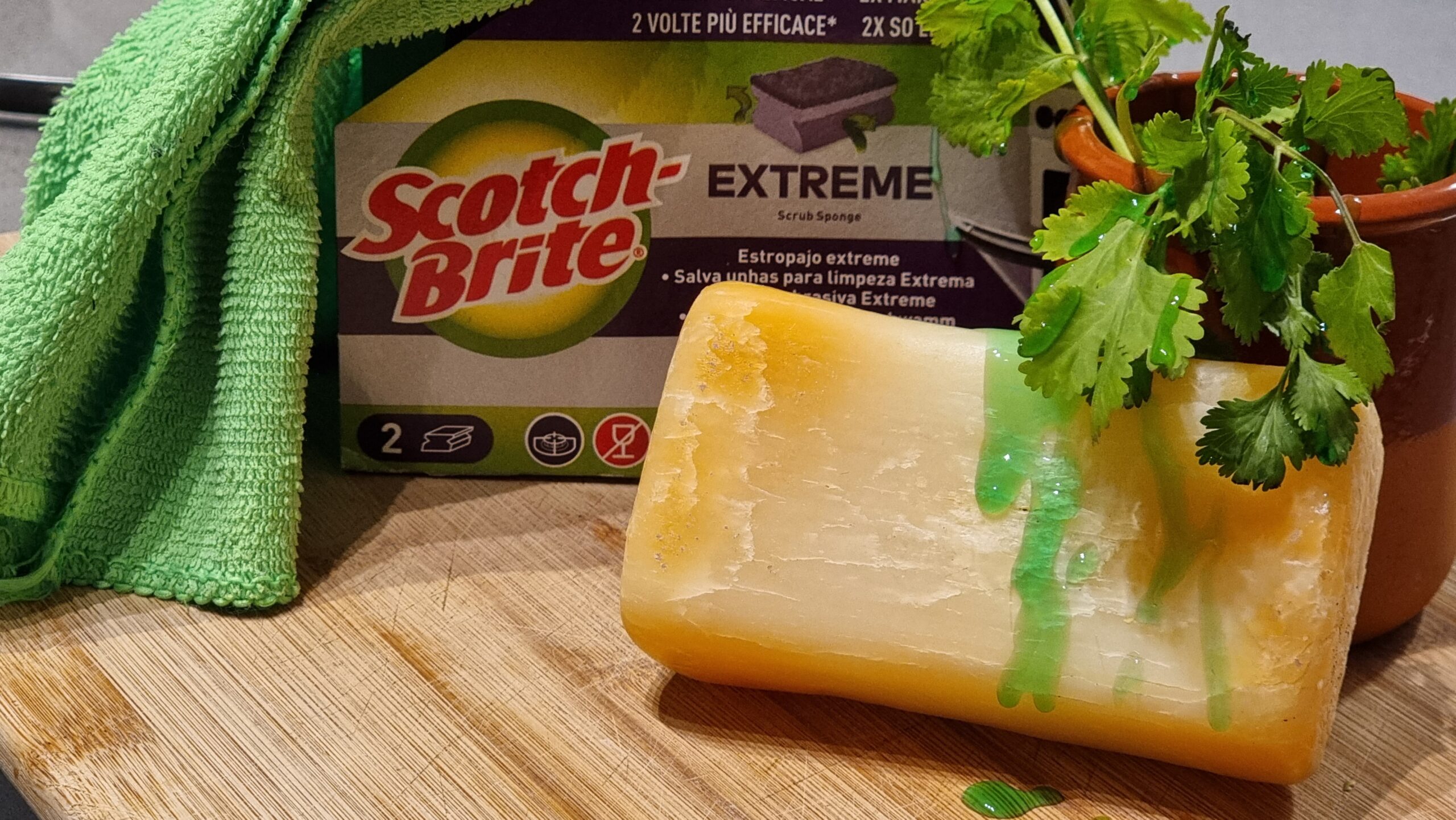What is Butter? What does it consist of? And its states.
All of us were taught in our schools that mayonnaise is an emulsion of oil in water and butter the opposite, water in oil. Meh! It’s not that simple because we all are aware that butter has different states at different common temperatures ranging from solid to liquid to even gas (or smoke), I ask is even butter an emulsion? And we’ll also answer the lifelong question “Does adding oil to butter really save it from burning up?”.
Defining the state of Butter.
Butter is made by churning cream or high-fat milk to flocculate fat molecules, most of which are highly saturated or in other words artery-clogging. According to FSSAI, commercially available butter MUST contain at least 80% butter fat rest are proteins, water, enhancers, stabilizers, and so on. Now, butterfat consists of triglyceride molecules which we discussed in #8 “You need another yolk!”, one of the previous blogs. If we go deeper, there are basically two types of fatty acids that are joined to the glycerol molecules to form triglyceride, Unsaturated (with a double bond(s) in the chain, in case of more than one double bond, they are called polyunsaturated) and Saturated (with no double bonds). Study the graph below.

The graph shows the relation between the Melting Temperature [TechSpeak : Fusion Temperature] and the states of the fatty acids which are present in the form of triglycerides. So what we infer is that the more saturated the fat the more will be its melting temperature, i.e. melting temperature is directly proportional to the degree of saturation. And as butter fat contains many types of triglycerides with several types of fatty acids, which furthermore have different melting temperatures, let’s answer the question, WHAT IS ITS STATE? Is it a solid or a liquid, or an emulsion? The answer is none of them. Because it’s a solid containing water at temperatures below 5°C (but over 0°C, because at those temperatures all of it is solid) where, by definition, it’s a GEL, which is water dispersed in solid. And at normal room temperature (20°C to 40°C), when it’s spreadable, some of the triglycerides (Saturated ones) are still solid but most of them (Unsaturated ones) turn into liquid, the liquid one stays suspended in water in the butter and the solid ones give the structure to the mass, so in a way its a Gel with a dispersion of an emulsion of butterfat and water. And obviously, when we heat it well over 60°C all of it is a liquid, except the proteins.
What does it consist of?
Below is a table from FSSAI DEFINITION, BIS SPECIFICATIONS, AND CODEX REQUIREMENTS stating the ingredients by mass in a pasteurized butter.

All in all, we can say that only FAT, WATER, and PROTEINS form up butter, the rest are all optional or more to increase the shelf life, commercial availability, and palatability.
Does adding oil prevent it from burning up in the pan when we heat it?
To answer this question let’s understand, what it means to “Burn the butter”. When we heat butter to a temperature of say over 100°C the milk solids are what start to get brown and eventually burn to turn black and possibly carcinogenic. To prevent this we generally clarify butter, which is almost all saturated butterfat (Clarified Butter can be kept for long because bacteria can work away the proteins but not pure oil) or as mentioned above artery-clogging. Thus burning is the blackening of milk proteins in the butter. When we add oil, there is no way that we can say that these proteins which are present in the whole butter will not brown and eventually burn. Consider this explanation, the temperature gradually rises when we heat butter in a pan :
- At 100°C: All of the water will evaporate, which keeps the butter from burning initially.
- From 120°C: Visible browning of milk solids will start (It doesn’t mean that they were not browning before).
- Around 160°C: Blackening or burning of milk solid begins, which produces bitter flavors and unagreeable smells.
And when we add oil, we are just increasing the volume of stuff in a pan, which takes longer to heat and hence delays the process of burning, it doesn’t mean that it ‘prevents’ burning, the only thing which can prevent burning is clarifying and also one more thing here to note is that the butterfat smokes at around 175°C whereas sunflower oil smokes at 232°C.
PRO TIP: Whatever you do, don’t try to SAUTÉ (or any high-temperature cooking methods) things in whole butter, because either you’ll end up with bitter flavor or soggy stuff.
Images from:
https://www.pond5.com/stock-footage/item/61076944-butter-melting-sizzling-frying-pan


